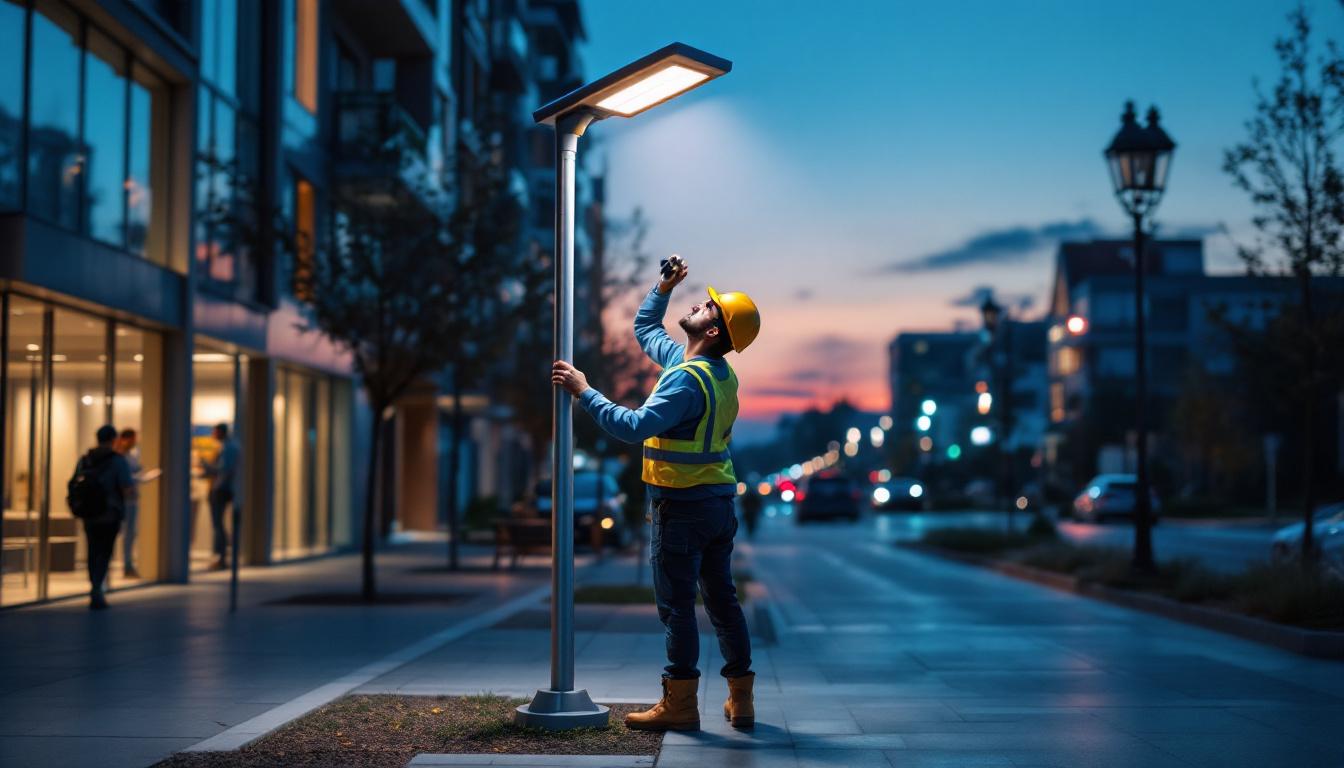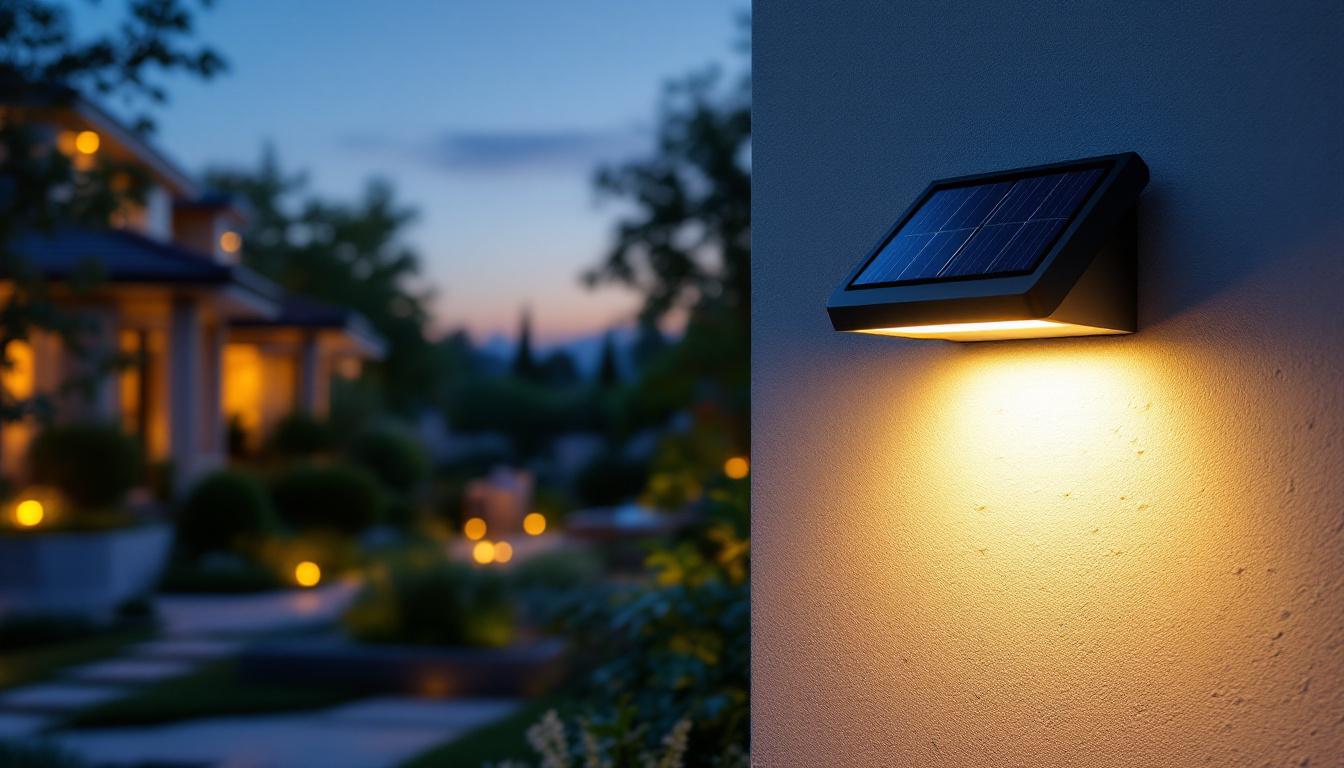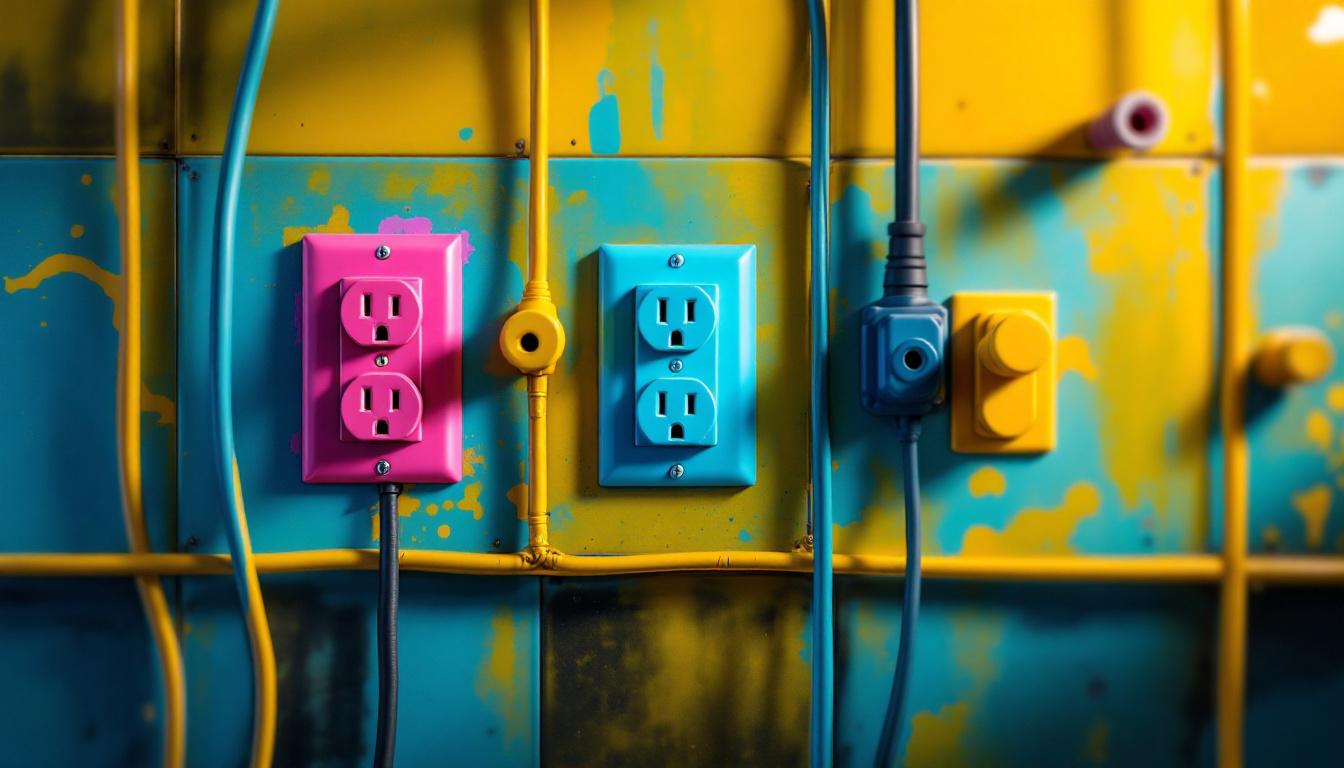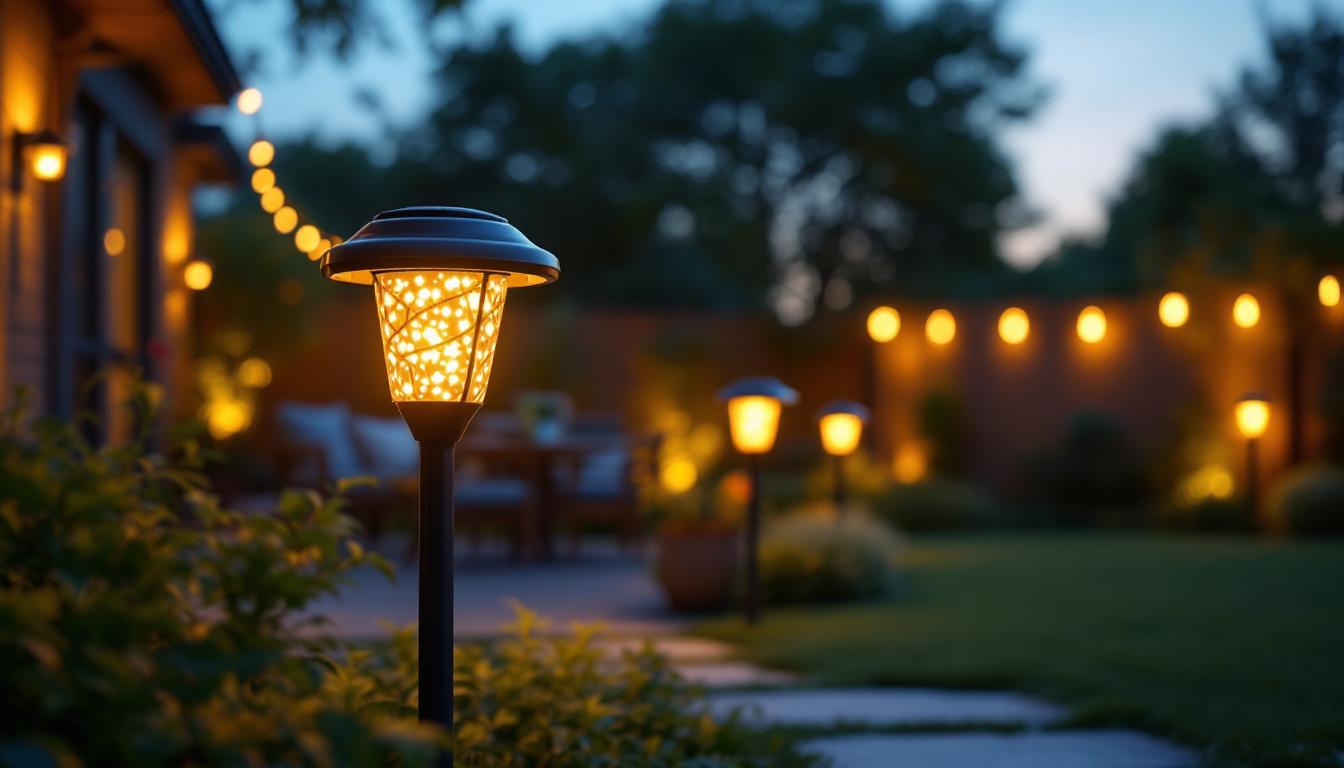
In an era where sustainability and cost-effectiveness are paramount, solar lampposts have emerged as a transformative solution for lighting contractors. These innovative fixtures not only provide illumination but also offer significant benefits in terms of efficiency, installation, and maintenance. This article delves into the advantages of solar lampposts, their components, and how they can enhance the operations of lighting contractors.
The global shift towards renewable energy sources has paved the way for solar lighting solutions to gain traction. Solar lampposts, in particular, have become a popular choice for outdoor lighting due to their ability to harness sunlight for power. This transition is not merely a trend; it reflects a growing awareness of environmental concerns and the need for sustainable practices in various industries. As cities and municipalities look for innovative ways to enhance public spaces while minimizing their ecological footprint, solar lighting emerges as a viable and attractive option.
One of the most compelling reasons for lighting contractors to consider solar lampposts is their minimal environmental impact. Traditional lighting systems often rely on fossil fuels, contributing to greenhouse gas emissions. In contrast, solar lampposts operate entirely on renewable energy, reducing the carbon footprint of lighting projects. This aspect not only appeals to eco-conscious clients but also aligns with global efforts to combat climate change. Furthermore, solar lighting systems often come equipped with LED technology, which not only enhances energy efficiency but also extends the lifespan of the lighting fixtures, thereby reducing waste and the frequency of replacements.
Solar lampposts can significantly reduce electricity costs for both contractors and their clients. By utilizing solar energy, these fixtures eliminate the need for grid electricity, leading to lower utility bills. Additionally, the reduction in energy consumption can be a selling point for contractors, making their proposals more attractive to potential customers. Over time, the initial investment in solar technology can yield substantial savings. Moreover, many governments and local authorities are now offering incentives and rebates for solar installations, further sweetening the deal for both contractors and end-users. These financial benefits, combined with the long-term operational savings, make solar lampposts not just an environmentally responsible choice, but also a financially savvy one.
Understanding the components of solar lampposts is crucial for lighting contractors looking to integrate these systems into their projects. Each part plays a vital role in ensuring the efficiency and longevity of the lighting solution.
At the heart of any solar lamppost is the solar panel, which captures sunlight and converts it into electricity. The efficiency of the solar panel directly impacts the performance of the lamppost. High-quality panels can generate more energy, ensuring that the lights remain operational even during cloudy days or in less sunny regions. Contractors should look for panels with a proven track record of durability and efficiency. Furthermore, the angle and orientation of the solar panels can significantly influence their energy absorption. Proper installation that considers seasonal sun paths can enhance energy capture, leading to improved performance throughout the year.
The energy generated by the solar panels is stored in batteries, which power the lamppost during nighttime or periods of low sunlight. The capacity and quality of the battery are critical factors that determine how long the lamppost can operate without sunlight. Lithium-ion batteries are often preferred for their longevity and efficiency, making them a smart choice for lighting contractors. Additionally, advancements in battery technology have led to the development of smart batteries that can communicate with the solar panel system to optimize charging and discharging cycles. This feature not only extends battery life but also ensures that the lamppost can adapt to varying weather conditions and usage patterns, providing reliable lighting when it’s needed most.
Modern solar lampposts typically utilize LED technology for illumination. LEDs are known for their energy efficiency and long lifespan, making them an ideal match for solar applications. They consume significantly less power than traditional incandescent bulbs, allowing solar lampposts to operate longer on stored energy. This combination of solar power and LED technology maximizes the overall efficiency of the lighting system. Moreover, LEDs offer a range of color temperatures, enabling contractors to select the desired ambiance for different environments, from warm white light for residential areas to cooler daylight tones for commercial spaces. The ability to adjust brightness levels also allows for smart lighting solutions, where the intensity can be modified based on surrounding light conditions or motion detection, further enhancing energy savings and user experience.
For lighting contractors, the installation process of solar lampposts offers several advantages compared to traditional lighting systems. Understanding these benefits can help contractors streamline their operations and enhance client satisfaction.
One of the most significant advantages of solar lampposts is the reduced need for extensive infrastructure. Traditional lighting installations often require trenching for electrical wiring, which can be time-consuming and costly. Solar lampposts, on the other hand, are self-contained units that do not require external wiring. This simplification not only speeds up the installation process but also minimizes disruption to the surrounding environment.
Solar lampposts can be installed in a variety of locations without the constraints of electrical access. This flexibility allows lighting contractors to illuminate areas that may have previously been challenging to light, such as parks, pathways, and remote locations. The ability to place lampposts in optimal positions enhances the overall effectiveness of the lighting design.
Maintenance is a critical aspect of any lighting system, and solar lampposts are designed to minimize upkeep while maximizing longevity. Understanding the maintenance requirements can help contractors provide better service to their clients.
Solar lampposts generally require less maintenance than traditional lighting systems. With no wiring to inspect and fewer moving parts, the potential for mechanical failure is significantly reduced. Regular cleaning of the solar panels to remove dirt and debris is usually the only maintenance needed to ensure optimal performance. This low-maintenance aspect can be a strong selling point for contractors.
High-quality solar lampposts are built to withstand various weather conditions, from heavy rain to extreme temperatures. Many models come with weather-resistant materials and protective features that enhance their durability. When properly maintained, solar lampposts can last for many years, providing reliable service and a solid return on investment for clients.
Examining real-world applications of solar lampposts can provide valuable insights into their effectiveness and versatility. Here are a few case studies that highlight successful implementations.
In several urban parks, solar lampposts have been installed to enhance safety and visibility during nighttime hours. The absence of electrical wiring allowed for quick installation, and the solar-powered lights have significantly improved the ambiance of the parks. Residents have reported feeling safer and more inclined to use the parks after dark, demonstrating the positive impact of solar lighting on community engagement.
In rural areas where extending electrical lines is impractical, solar lampposts have been used to illuminate pathways and walking trails. The flexibility of placement allowed contractors to strategically position the lights along the paths, enhancing safety for pedestrians. Feedback from users has been overwhelmingly positive, with many appreciating the increased visibility and accessibility.
While solar lampposts offer numerous benefits, there are challenges and considerations that lighting contractors should be aware of when proposing these systems to clients.
The upfront costs of solar lampposts can be higher than traditional lighting systems. Although the long-term savings on electricity and maintenance can offset these costs, clients may be hesitant to invest initially. Contractors should be prepared to present a comprehensive cost-benefit analysis that highlights the long-term financial advantages of solar lighting.
The effectiveness of solar lampposts is directly linked to the availability of sunlight. In regions with prolonged periods of overcast weather, the performance of solar lights may be compromised. Contractors should assess the local climate and provide clients with realistic expectations regarding the performance of solar lampposts in their specific locations.
The future of solar lighting is bright, with ongoing advancements in technology and design. Staying informed about these trends can help lighting contractors remain competitive in the market.
As the demand for smart city solutions grows, the integration of smart technology into solar lampposts is becoming increasingly common. Features such as motion sensors, remote monitoring, and automated dimming can enhance the functionality of solar lights. Contractors who embrace these technologies can offer clients more sophisticated lighting solutions that adapt to their needs.
Design innovation is also playing a significant role in the evolution of solar lampposts. Manufacturers are focusing on creating aesthetically pleasing designs that blend seamlessly into various environments. This trend allows contractors to offer solar lighting solutions that not only perform well but also enhance the visual appeal of public spaces.
Solar lampposts represent a significant opportunity for lighting contractors to enhance their services while promoting sustainability. With their numerous advantages, including reduced environmental impact, cost savings, and ease of installation, these innovative lighting solutions are poised to play a crucial role in the future of outdoor lighting. By understanding the components, benefits, and challenges associated with solar lampposts, contractors can position themselves as leaders in the industry, ready to meet the evolving needs of their clients.
Ready to revolutionize your lighting projects with the efficiency and sustainability of solar lampposts? At LumenWholesale, we provide lighting contractors with the highest quality, spec-grade solar lighting solutions at unbeatable wholesale prices. Say goodbye to inflated markups and hello to superior products that meet the strictest industry standards. With our hassle-free bulk buying and free shipping, you can trust that you’re getting premium lighting at the best value — without hidden fees. Elevate your lighting game and experience the perfect blend of quality, affordability, and convenience. Wholesale Lighting at the Best Value is just a click away.

Discover how solar wall mount lights are transforming the landscape for lighting contractors.

Discover the essential checklist for lighting contractors working with LED light strips.

Discover the vibrant world of colored outlets and uncover the secrets lighting contractors use to transform spaces.

Discover expert tips and insights for lighting contractors on selecting and installing solar night lights outdoors.